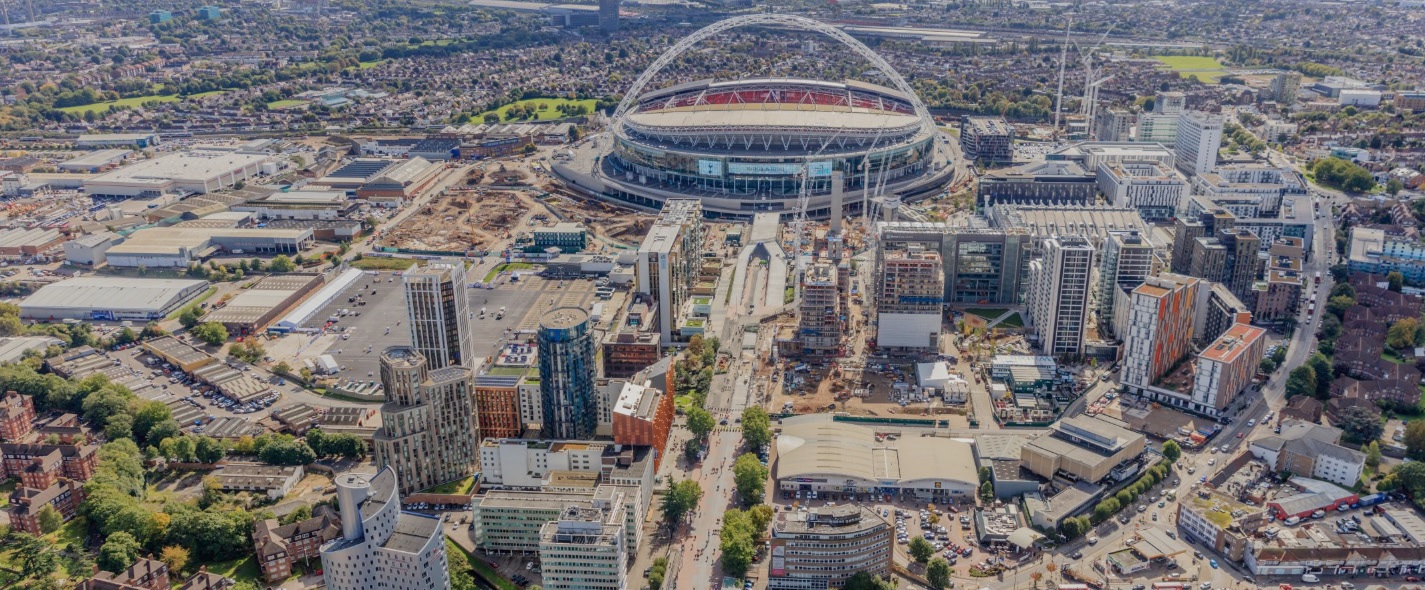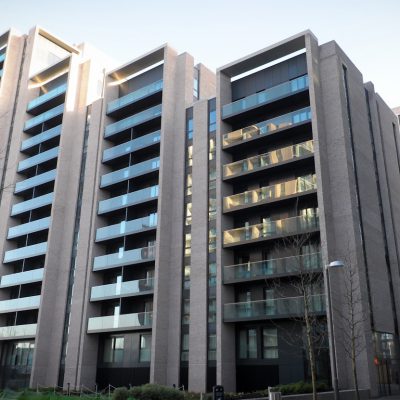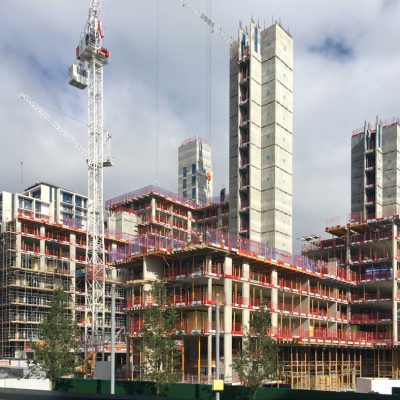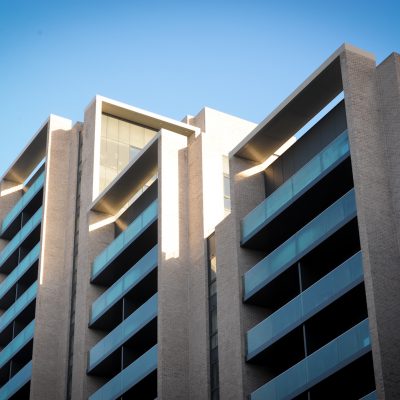The largescale regeneration of Wembley Park and the surrounding areas has been ongoing since the stadium was built in 2007 – wide-ranging schemes and facilities are emerging from the ground around the home of English football.
Spearheaded by the developer Quintain – the masterplan sees a £1bn plus investment with a planned 7,000 new homes and the regeneration of the environment through the development of restaurants, leisure facilities and high-quality amenities.
DESIGN & VISION
To date EOS has secured three major projects within the greater Wembley Park masterplan and has designed and offsite manufactured steel framing systems (SFS) for the 312-bedroom Premier Inn hotel together with two separate mixed use residential and retail developments. Reflecting the area’s heritage whilst embracing modernity – the schemes involved contemporary facades mixing cladding, masonry and cool palettes.
Key Data
Architect:
if Architecture
Developer:
Quintain
Main Contractor:
Formation Group
Installer:
Formation Group
Steel Framing Systems Supplier:
EOS
Materials / Type of System:
Stud & Track
WEST 1
Comprising 186 flats and 15 commercial units along with an underground car park – West 1 is a high-profile regeneration site adjacent to Wembley Central in the London Borough of Brent. With four residential blocks on the site in Montrose Crescent and neighbouring land in Wembley High Road – the development consists of 3, 6, 13 and 18 storey blocks with podium rooftop gardens for residents. West 1 sees complex curves and prominent angles, which were all rapidly and accurately modelled and checked using high precision BIM 2 modelling between EOS and the principle designers.
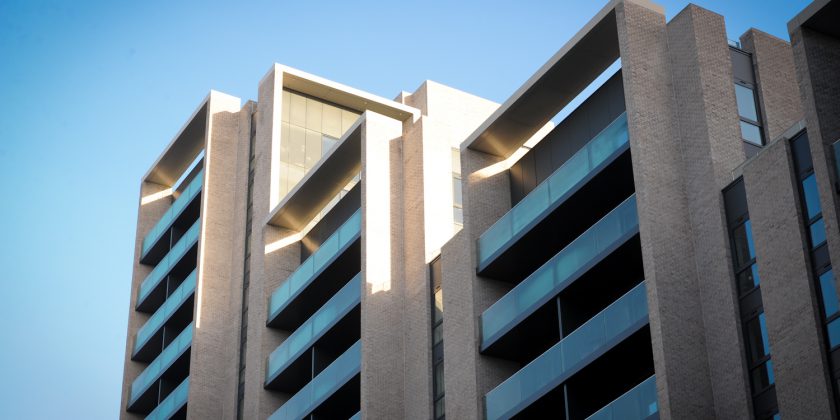
POSITIVE OUTCOMES
The objective for the three individual schemes was to rapidly deliver fully engineered SFS infill solutions to BIM Level 2 – executed with high precision and finish to an outstanding quality. Ahead of schedule and on budget – EOS designed and delivered with precision, highly cost-effective offsite manufactured steel framing systems for different building types across one of the UK’s largest construction sites. Site restriction meant that ‘just in time’ deliveries had to be carefully scheduled, off-loaded immediately and distributed to the relevant locations. EOS’ colour coding systems ensured this was managed efficiently.
